What First-Time Elk Hunters Always Get Wrong (And How to Fix It)
Posted by AJ Koenes on Jun 27th 2025
Elk hunting is a rush. But it’s also brutal. It’s humbling. And it has a steep learning curve, one that most new hunters slam into by Day 2.
First-time elk hunters always get a few things wrong. Here’s how to avoid the rookie mistakes and actually enjoy the hunt.
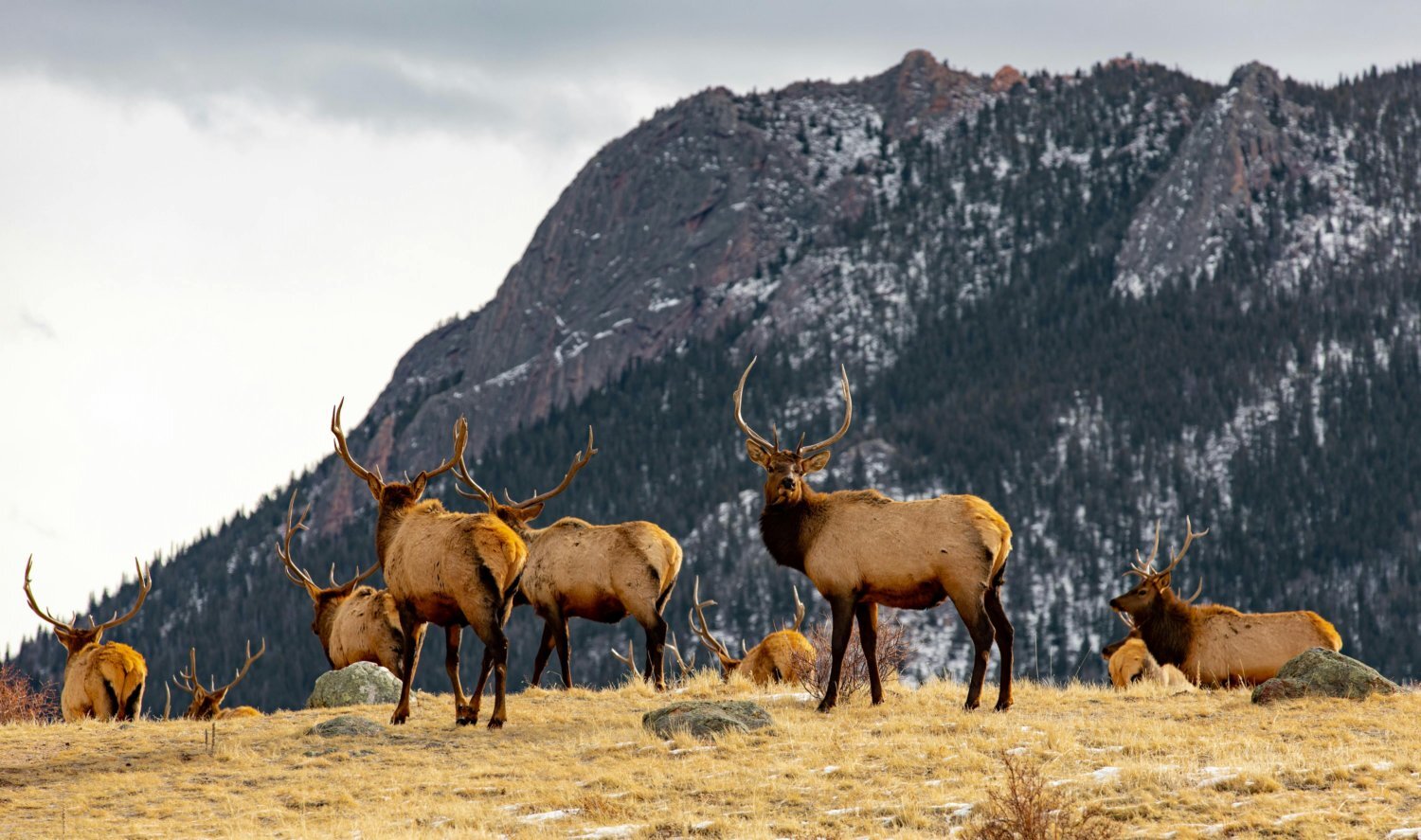
Photo by Ryan Noeker
1. You Think You’re in Shape, You’re Not
This is probably the most obvious one, so let’s get this one out of the way first. Elk country is brutal to the unprepared people. It doesn’t matter how strong you think you are or even how strong you actually are, if you can’t climb 1,000 feet of elevation with 40 to 50 pounds on your back you're going to be tired within an hour. New hunters often underestimate how hard the terrain is.
How to fix it:
- Start hiking with your hunting pack 6–8 weeks before hunting season.
- Train with weight on hills, not just flat ground.
- Don’t forget to hydrate and get used to elevation before your hunt.
The elk don’t care if you’re tired. They’re already halfway up the next ridge.
2. Overpacking
There’s a difference between being prepared and being paranoid. New hunters tend to bring everything. They bring backup boots, three knives, five calls, a chair, and a coffee press.
Then they hit the trail with a 65+ pound pack and wonder why they’re exhausted by mile two.
How to fix it:
- Pack light. Stick to essentials: weapons, tags, layers, food, water, game bags.
- Preload your kill kit and test your setup on practice hikes.
- Leave the “what-ifs” in the truck.
Following a beginner’s hunting supply guide is probably your best bet for keeping it simple and getting it right.
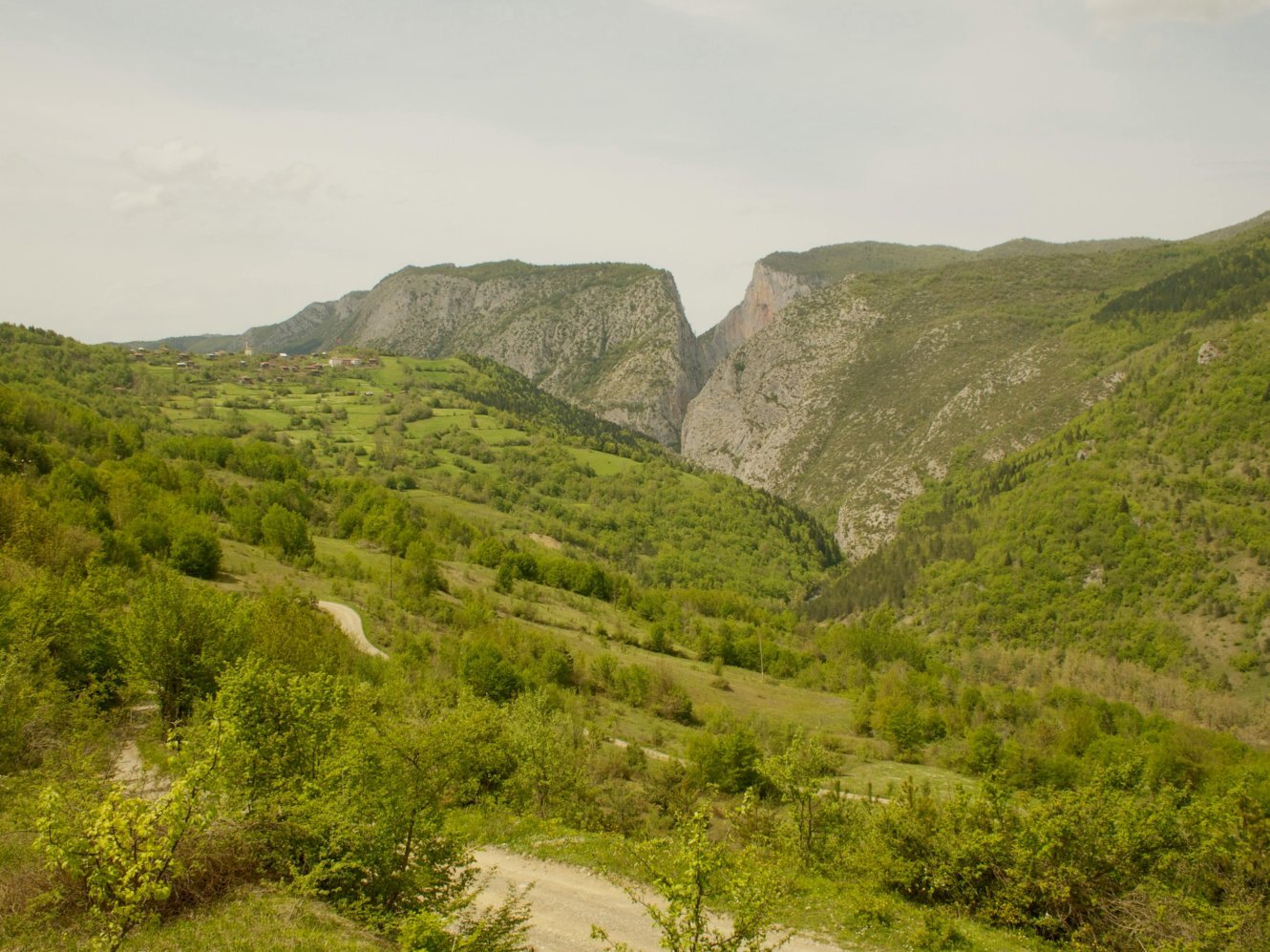
Photo by Yesim G. Ozdemir
3. You Don’t Respect the Wind
Every elk article says it. Every veteran talks about it. And still, rookies ignore it.
This is the one that ruins more hunts than anything else. Elk live and die by their nose. If you’re upwind, they’re gone.
Too many new hunters check the wind once in the parking lot and forget about it. But in the mountains, wind shifts constantly, thermals rise in the morning, fall in the evening, and swirl unpredictably midday. So, check the wind periodically.
How to fix it:
- Carry a wind checker—and use it often. Emphasize “OFTEN”
- Plan your stalks and setups based on the wind, not convenience.
- Hunt into the wind
- Understand thermals: to remind you, they rise in the morning, fall at night, and swirl mid-day.
“You’ll never beat an elk’s nose, but you can avoid setting off the alarm”.
4. You’re Bugling Just to Hear Yourself Bugle
Yes, every person who has ever used a bugle knows its fun, especially elk calls. No, it’s not always the right move.
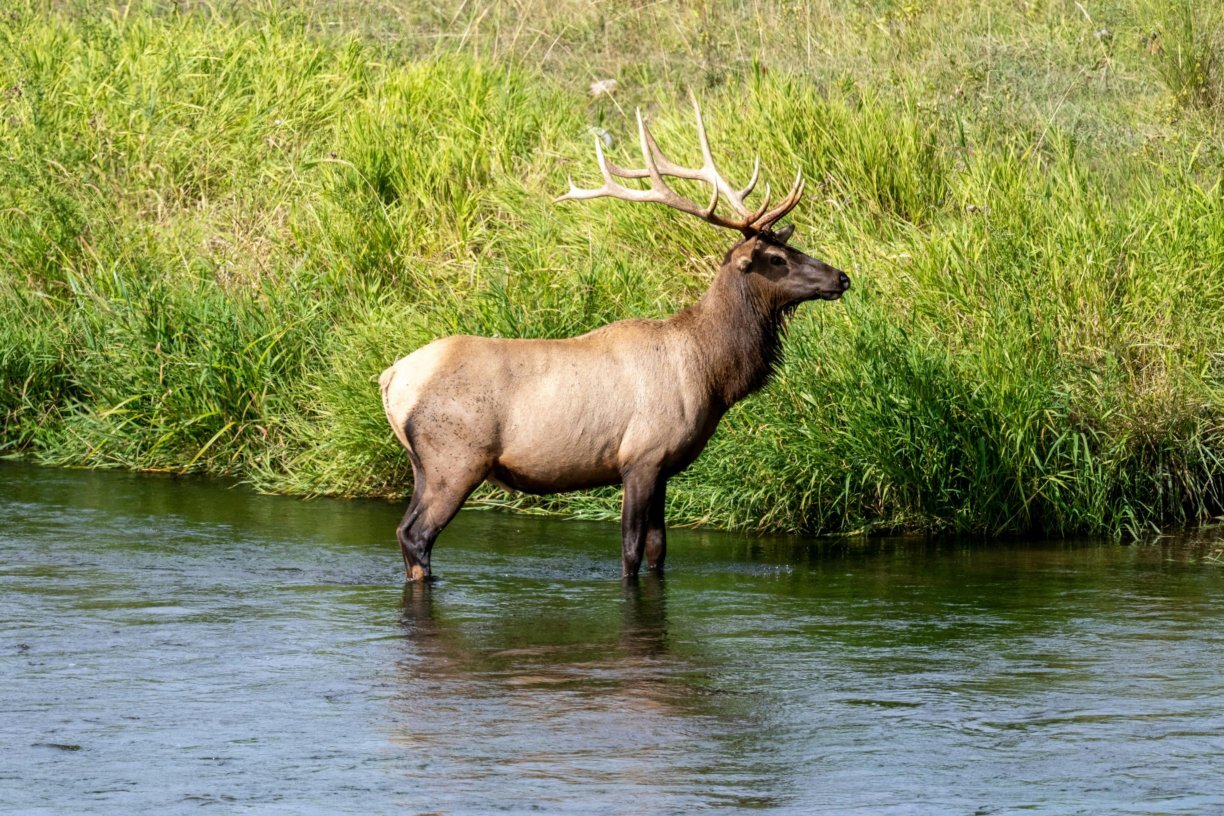
Photo by Melanie Lamere: https://www.pexels.com/photo/deer-with-antlers-stands-in-river-18576492/Photo by Melanie Lamer
Most first-timers call too much, too loudly, and at the wrong time. Elk can pinpoint sound within yards, and if you're calling sounds that are off or are coming from a wide open ridge they are gone. Elk are smart. They know what calls should sound like and when they should happen. This is probably number 2 on what first time elk hunters get wrong.
How to fix it:
- Don’t sound like a duck, call with purpose. Use cow calls to close distance, bugles only when you’re confident it’ll help.
- Practice your cadence and tone before the hunt.
- Sometimes the best thing to say… is nothing.
5. You Don’t Know How to Move in the Woods
New hunters move like hikers. Loud. Fast. Upright. Elk are like ghosts, and they expect predators to move like threats.
Movement is what gets you busted more than anything else, especially in close quarters.
Ty Stubblefield calls this “breaking the rhythm of the woods.” Elk are always watching for predators that move differently than the forest around them.
How to fix it:
- Use cover to approach. Don’t skyline yourself.
- Move slowly and stop often. Let the woods settle between steps.
- Practice drawing and shouldering your weapon from weird angles.
Remember: if you can see the elk, the elk can definitely see you.
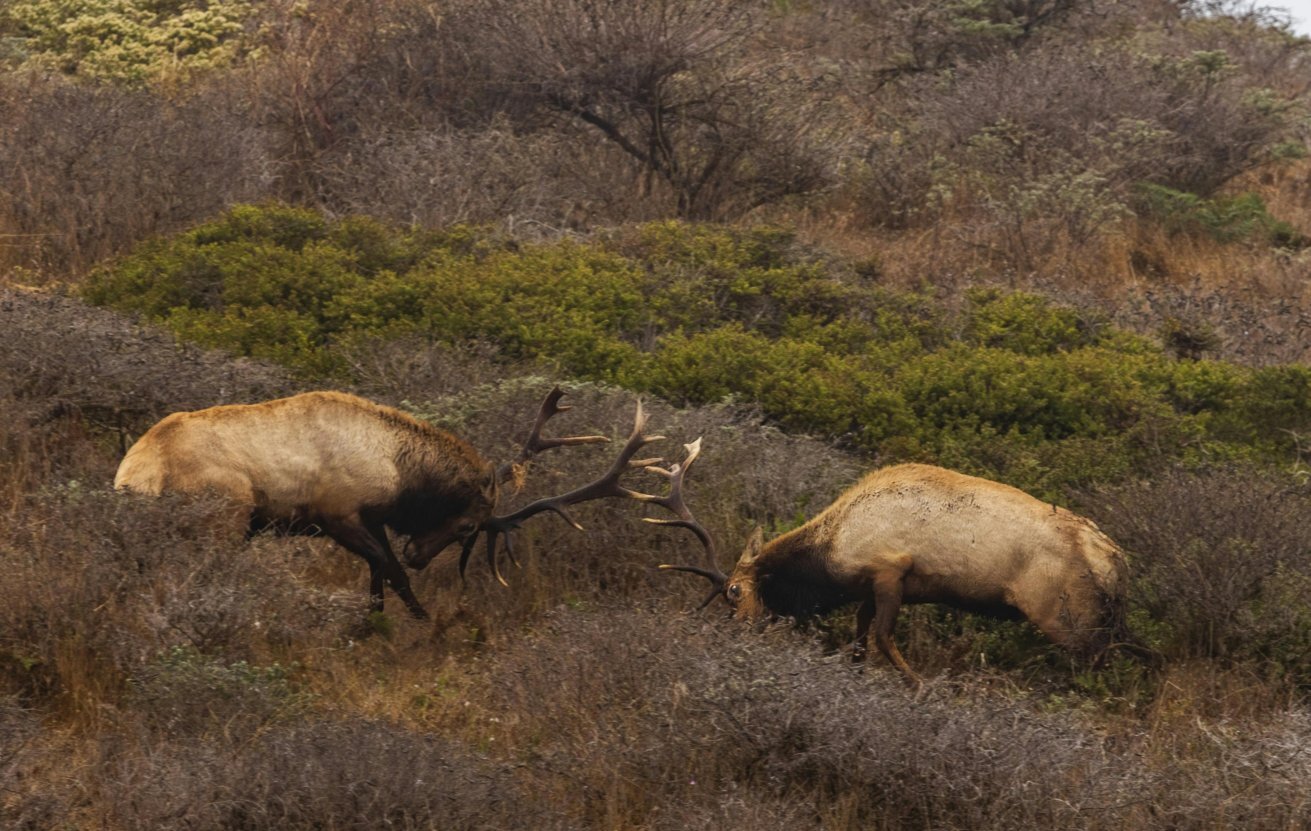
Photo by Robert So
6. You Set Up in the Wrong Place
Here’s a hard truth: you can do everything right, call well, move quietly, be in shape, but still blow it by picking the wrong setup.
Too exposed. Bad wind. No shooting lane. No backdrop. These little things matter.
How to fix it:
- Find a setup with cover behind you and a clear lane in front.
- Make sure you’re within range before calling.
- Avoid open fields unless you're bowhunting a rut-crazed bull.
The setup makes or breaks the shot. Don’t rush it.
7. You’re Banking on Plan A
You found the perfect spot. Tons of signs. Good access. Nobody is around.
Until there are four other trucks at the trailhead, and it’s dead quiet all day.
Having only one plan is a rookie move.
How to fix it:
- E-scout 3–4 backup areas.
- Mark access points and routes that let you pivot if your first spot is blown out.
- Don’t wait all day hoping it turns on. Be willing to move.
Adaptability kills elk.
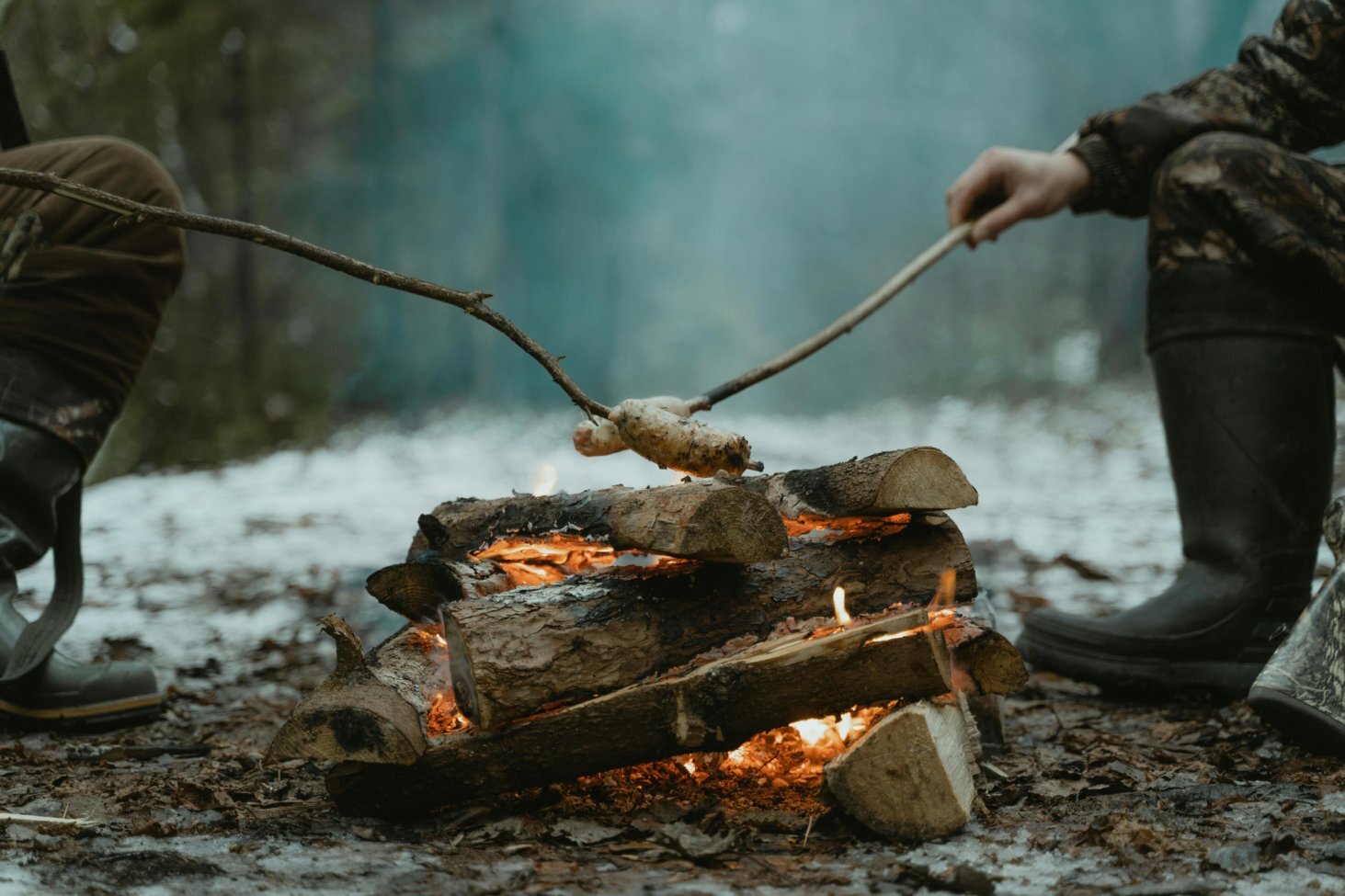
Photo by Tima Miroshnichenko
8. You Didn’t Plan the Pack Out
Every hunter dreams of killing bulls. There is something about walking up to your bull. About holding the antlers. A feeling you’ll never forget.
But did you think about quartering him up, loading 80 pounds of meat, and hauling it out five miles? Most rookies don’t.
How to fix it:
- Bring a real pack frame and quality game bags.
- Have a plan for meat care, especially in warm weather.
- Think about your exit before you pull the trigger.
If you’re not ready to haul it, DON’T SHOOT
9. You’re Not Mentally Ready
Elk hunting will test your patience, confidence, and sanity. You’ll go days without hearing a bugle. You’ll hike farther than you meant to. You’ll question why you even bought a tag.
This is normal.
How to fix it:
- Set realistic expectations
- Focus on learning, not just killing.
- Celebrate small wins, finding signs, hearing bugles, and getting close. If you're doing those, it means you're learning
If you really want to learn how pros do it, going on a guided elk hunt your first time can teach you more than five seasons on your own.
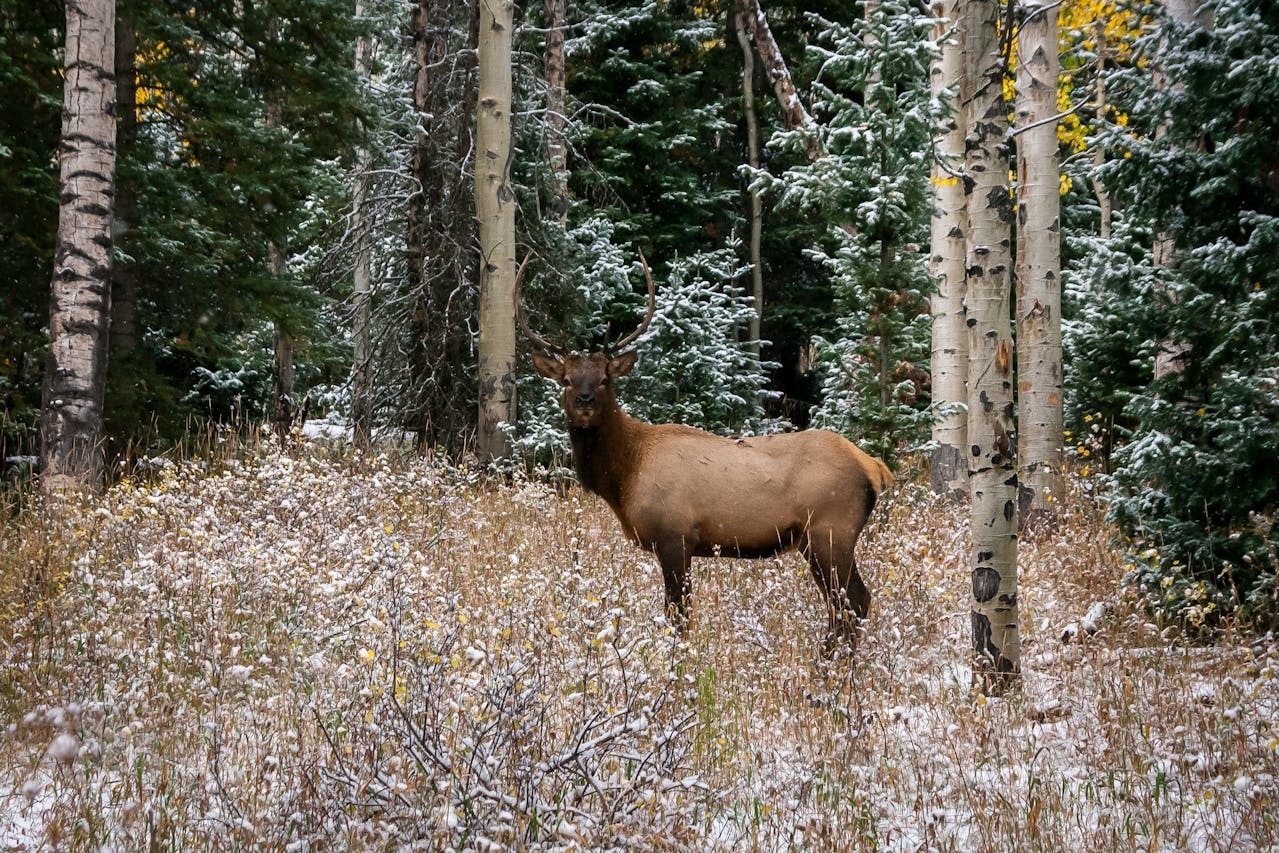
Photo by Chris Loidolt
Final Words of Advice
Every elk hunter has a list of “things I wish I’d known.” This is yours, use it.
You will make mistakes. That’s part of it. But if you can avoid the big ones, keep your head on straight, and adapt when it gets tough, you’re already ahead of 90% of first-timers.
Stay quiet. Hunt the wind. Be gritty. And when the moment comes, you’ll get your shot!!
Happy Hunting!
Related Blog: What is the best deer hunting state and why?
